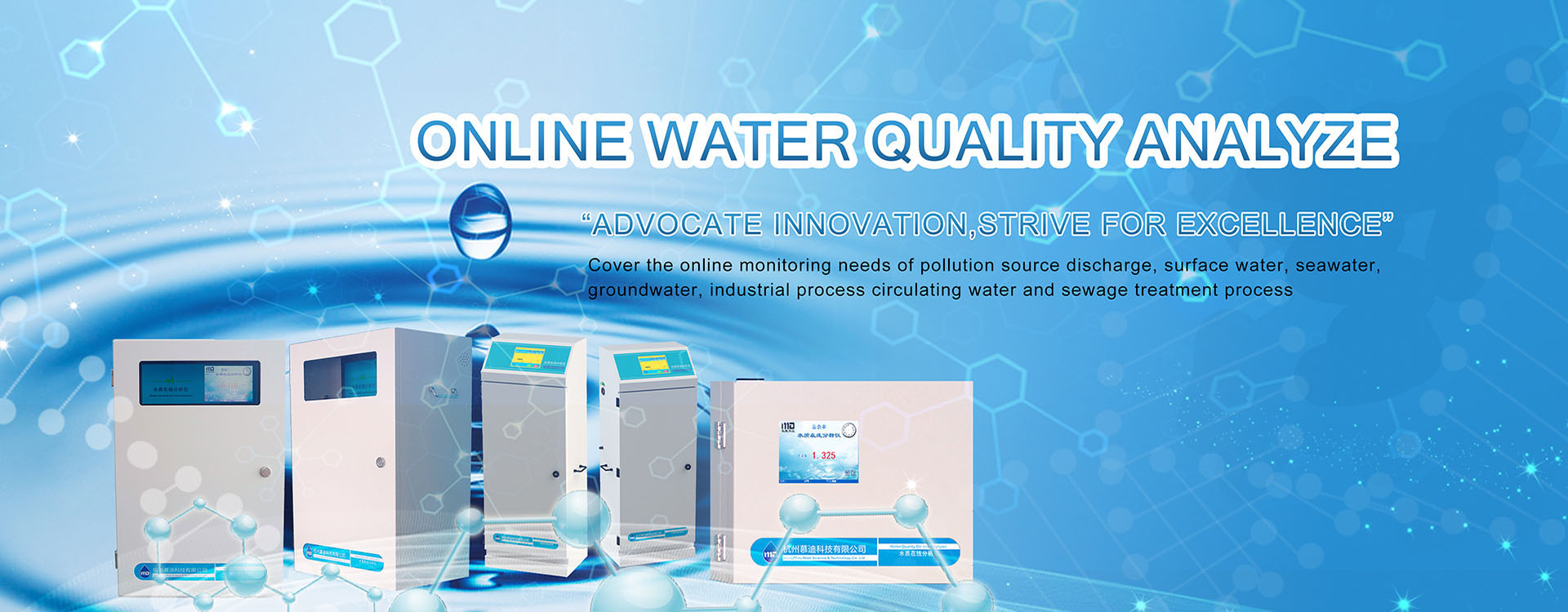BOD is called biochemical oxygen demand, which is a primary indicator of the degree of water pollution indirectly represented by the dissolved oxygen consumed by microbial metabolism. After understanding the role of BOD in water bodies, the following water quality online monitoring instrument manufacturers will briefly analyze several factors that can affect its monitoring.
1.Dissolved Oxygen
In winter, the sampling temperature is set at 20 degrees Celsius to saturate dissolved oxygen. But in summer, it is agreed that dissolved oxygen may not reach saturation at 20 degrees Celsius. So before measuring B0D5, these samples need to be stirred and aerated to facilitate the saturation point of solubility reaching 20 degrees Celsius.
2.PH
It is necessary to first adjust the pH value of the test water sample, which ranges from 6.7 to 7.5. Under the BOD5 reading, it is likely that due to the pH value of the sample being tested exceeding this range, the reading of samples containing a large amount of acid or alkali may be lower than the actual content. (Acidic and alkaline water samples should be neutralized with appropriate concentrations of Na0H or H2S04.)
If it is industrial wastewater, it contains acidic or salt oxides, or requires high dilution to monitor the non-standard BOD, which can be achieved by using a pH 7.2 phosphate buffer as a diluent.
3.Temperature
Hangzhou Modi–Tech requires customers to install heating and air conditioning in the monitoring room to ensure that the indoor temperature and relative humidity meet the requirements of industrial automation instrument working conditions when installing BOD speedometers for users.
4.Dilution
The BOD rapid measuring instrument has a measurement range of 10-1000mg/L. If the estimated BOD value in the test sample is greater than 1000mg/L, the sample can be diluted with dilution water. The added dilution water should also be kept at 20 ℃ and aerated to saturate oxygen. If multiple identical samples are required for testing, a sufficient amount of raw water sample should be diluted and the volume corresponding to the range should be taken from the dilution sample.
For example, when the original water sample is diluted twice, the dilution factor is 2; When the raw water sample is diluted at 1:10, it should be 10, and the measured result should be multiplied by the dilution factor.




